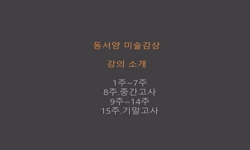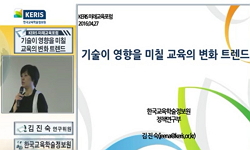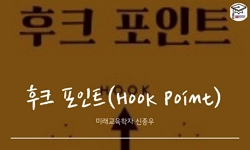William Butler Yeats(1865-1939) held a life-long interest in Japanese culture, and employed the images, knowledge and inspirations he gained from Japan in many of his literary works. On the Whole, it was the Japanese literary form that that the most s...
http://chineseinput.net/에서 pinyin(병음)방식으로 중국어를 변환할 수 있습니다.
변환된 중국어를 복사하여 사용하시면 됩니다.
- 中文 을 입력하시려면 zhongwen을 입력하시고 space를누르시면됩니다.
- 北京 을 입력하시려면 beijing을 입력하시고 space를 누르시면 됩니다.
부가정보
다국어 초록 (Multilingual Abstract)
William Butler Yeats(1865-1939) held a life-long interest in Japanese culture, and employed the images, knowledge and inspirations he gained from Japan in many of his literary works. On the Whole, it was the Japanese literary form that that the most significance in his development as a writer. The period of his writing that shows the greatest Japanese influence, consciously absorbing Japanese material and techniques in his writing, spans roughly the year 1914 to 1921. However, Japanese motifs and images recurrently appear in his later works.
It was through the translations of Ezra Pound that Yeats became acquainted with noh, the medieval Japanese drama. Yeats's encounter with noh marked a turning point in his career as a dramatist. The noh led him to create "a form of drama, distinguished, indirect and symbolic…an aristocratic form" in which the supernatural dominates the stage and where the action develops toward a moment of enlightenment or revelation. In "Note to At the Hawk's Well," Yeats writes:
I have found my first model--and in literature of we would not be parvenus, we must have a model--in the 'Noh' stage of aristocratic Japan.
From this statement we can perceive how significant the noh form was to Yeats in his development as a playwright. In this essay, I have discussed Yeats's relationship with noh through a detailed analysis of Dreaming of the Bones(1919) and Purgatory(1939). Both plays have much in common: they are both ghost plays and pursue the theme of purgation. The Dreaming of the Bones is Yeats's first and most consciously faithful rendition of the noh form called "mugen noh("vision play" or "ghost play"). However, it is in Purgatory that Yeats succeeded in achieving a dramatic effect closet to that of noh.
When Yeats was first introduced to noh, he immediately saw in it affinities with Irish legends and beliefs. In his "Introduction" to Certain Noble Plays of Japan, he went so far as to declare that "the men who created this convention were more like ourselves than were the Greeks and Romans, more like us even than are Shakespeare and Corneille." The noh was not something completely new or alien to Yeats. Indeed it was an ideal discovery which provided him a new form to express his perennial themes of the tension between the physical and spiritual worlds and the inability of the human spirit to release itself from its ties with the physical world.
동일학술지(권/호) 다른 논문
-
- 한국비교문학회
- 이강현
- 2003
- KCI등재후보
-
『완월회맹연(玩月會盟宴)』과 『겐지 모노가타리(源氏物語)』의 구조적 특징과 결혼형태에 관한 비교연구
- 한국비교문학회
- 山田恭子
- 2003
- KCI등재후보
-
- 한국비교문학회
- 최관
- 2003
- KCI등재후보
-
- 한국비교문학회
- 김옥희
- 2003
- KCI등재후보
분석정보
인용정보 인용지수 설명보기
학술지 이력
| 연월일 | 이력구분 | 이력상세 | 등재구분 |
|---|---|---|---|
| 2026 | 평가예정 | 재인증평가 신청대상 (재인증) | |
| 2020-01-01 | 평가 | 등재학술지 유지 (재인증) |  |
| 2017-01-01 | 평가 | 등재학술지 유지 (계속평가) |  |
| 2013-01-01 | 평가 | 등재학술지 유지 (등재유지) |  |
| 2010-01-01 | 평가 | 등재학술지 유지 (등재유지) |  |
| 2008-01-01 | 평가 | 등재학술지 유지 (등재유지) |  |
| 2005-01-01 | 평가 | 등재학술지 선정 (등재후보2차) |  |
| 2004-01-01 | 평가 | 등재후보 1차 PASS (등재후보1차) |  |
| 2002-07-01 | 평가 | 등재후보학술지 선정 (신규평가) |  |
학술지 인용정보
| 기준연도 | WOS-KCI 통합IF(2년) | KCIF(2년) | KCIF(3년) |
|---|---|---|---|
| 2016 | 0.19 | 0.19 | 0.26 |
| KCIF(4년) | KCIF(5년) | 중심성지수(3년) | 즉시성지수 |
| 0.24 | 0.23 | 0.629 | 0.15 |





 KISS
KISS







